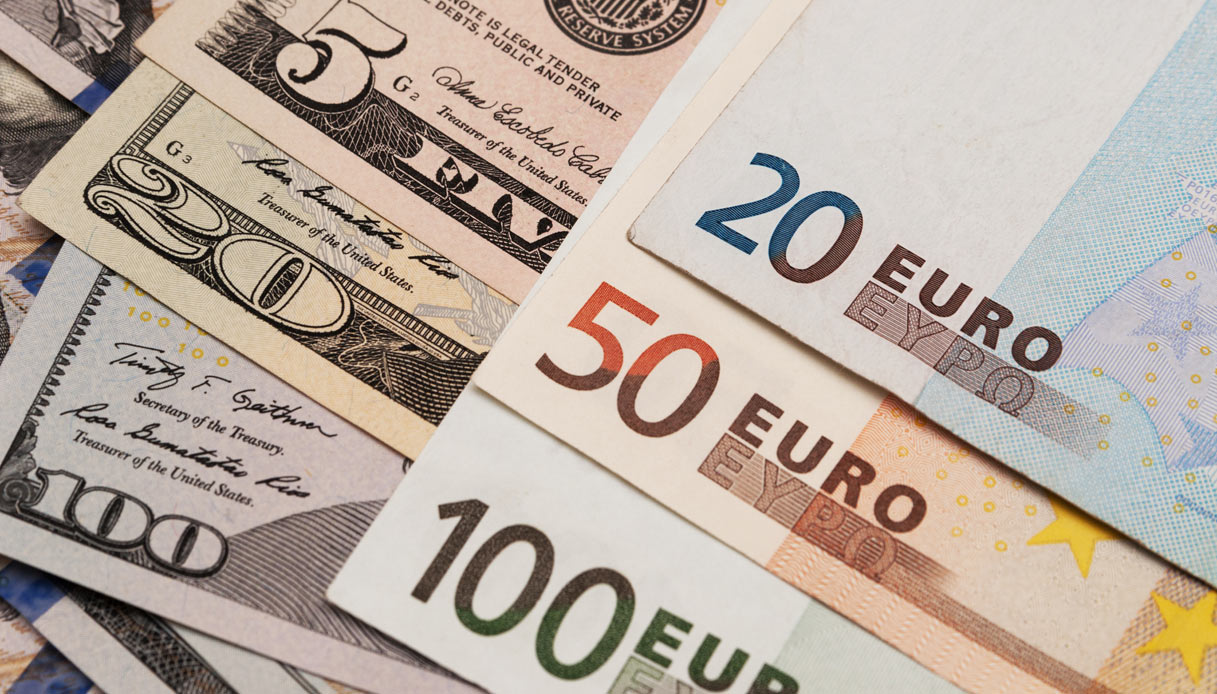The euro has fallen to a 20-year low against the dollarcon the surge in the price of gas which increases the fears for one recession and the prospect of a less aggressive rate hike cycle by the European Central Bank (ECB) that does not help the common currency. The euro fell to its share 1,0279 against the greenback, the weakest level since the end of 2002, before recovering slightly and settling down by 1.2% per share 1,0296. Since the beginning of the year, the decline is more than 9%, with a -6% only in the last three months.
Europe in suffering
The more shaky growth of the Eurozone, compared to the US, is not allowing Frankfurt to raise rates with the same decision as the Fed. The fact that the Old Continent suffers much more exposure to Russian energy supplies fuels fears of a recession, with rising cost of living for citizens and much more difficult operating conditions for businesses. The Eurozone Composite PMI Index indicated that growth slowed to a minimum in 16 monthsdue to the contraction in manufacturing production and the weakening of the growth rate of tertiary activity.
The price of TTF gas futures contracts, used by operators as benchmarks for the European market, shows an increase of 5.3% to 171 euro / MWh at 12.30 Italian time, returning to levels not seen since the beginning of March. To affect are a series of strikes in the extraction camps in Norwaywhich started today and may intensify over the next few days.
The fears of the markets
Investors also continue to weigh the words of the euro area central bankers. Yesterday the “hawk” Joachim Nagelpresident of the Bundesbank, criticized the idea of lowering financing costs for the countries of Southern Europe, saying that the attention of the ECB should focus on fighting inflation.
Investor sentiment in the euro zone, according to data released yesterday, declined in July 2022 to its lowest since May 2020, indicating an “inevitable” recession in the 19 states of the euro zone. The Sentix index for the euro zone in fact dropped to -26.4 points from -15.8 points in June, well below expectations.
In this scenario, at a time of great uncertainty for global prospects and great market volatility, risk averse investors find a safe haven in the dollarthey also consider that the US Federal Reserve is putting in place an aggressive rate hike regime.
“We have had so many central banks engaged in raising rates in large increments that there is now talk of reverse currency wars,” Rabobank FX strategist Jane Foley told Reuters, referring to the fact that central banks only need to raise rates. to prevent their currencies from falling. “It could be worrying” for a number of currencies, she added, especially if the FED continues with large rate hikes in the coming months, as expected by the market.
–


